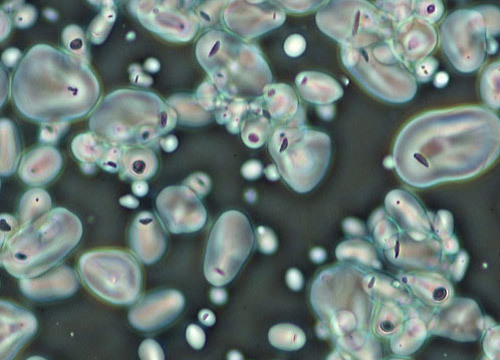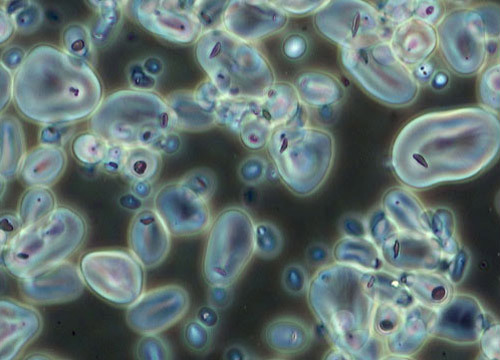Potato Starch
The value of a potato has had its ups and downs over the past few thousand years. During some moments in history, potatoes were shunned because they were believed to be poisonous. Yet, in other periods, such as the Alaskan Klondike gold rush, they were quite literally worth their weight in gold.
 Negative
Negative
 Positive
Positive
Positive
Potatoes are native to various parts of South America, and the Incas were the first to cultivate the nutritious vegetable in about 200 BC. They were not introduced to other locales until a much later date and were eyed suspiciously by potential consumers who recognized their similarities to the poisonous nightshades. Indeed, Sir Walter Raleigh who was the first to introduce the potato to Ireland, reportedly made the mistake of eating the berries rather than the tuber. His gardener is credited with discovering their true value while in the process of removing the plants by Raleigh's command. The potato's rise in popularity in England was similarly slow to begin. The Puritans opposed their cultivation, primarily because they could find no mention of the potato in the Bible, and it was not until the middle of the Eighteenth Century that potatoes became common in Western Europe as a vegetable. Today, potatoes are grown in all 50 of the United States, in about 125 different countries, and have even been grown in outer space.
Negative
The tubers of the potato, which are the edible part, are not the root but enlarged underground stems in which starch is stored for the future use by the plant. Potatoes consume only a small amount of their own starch during winter months to maintain life functions until spring. The starch of potatoes can also be processed and extracted for use by humans. Potato starch is found in a wide variety of foods, dyes, adhesives, gums, and pharmaceuticals. Moreover, it is of great interest in the development of biodegradable and renewable plastics. Scientists have high hopes for the ecological benefits such improved plastics could produce.















